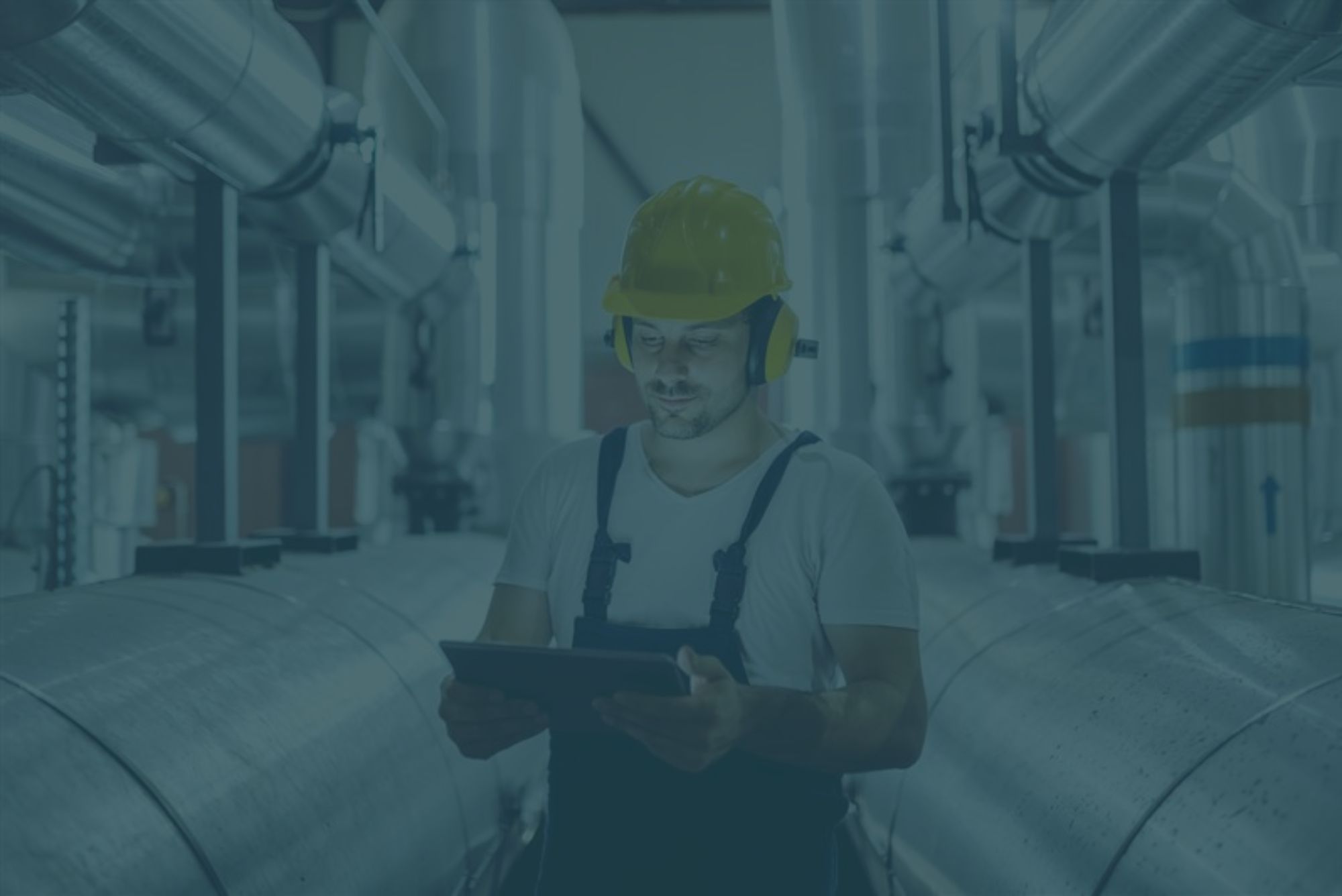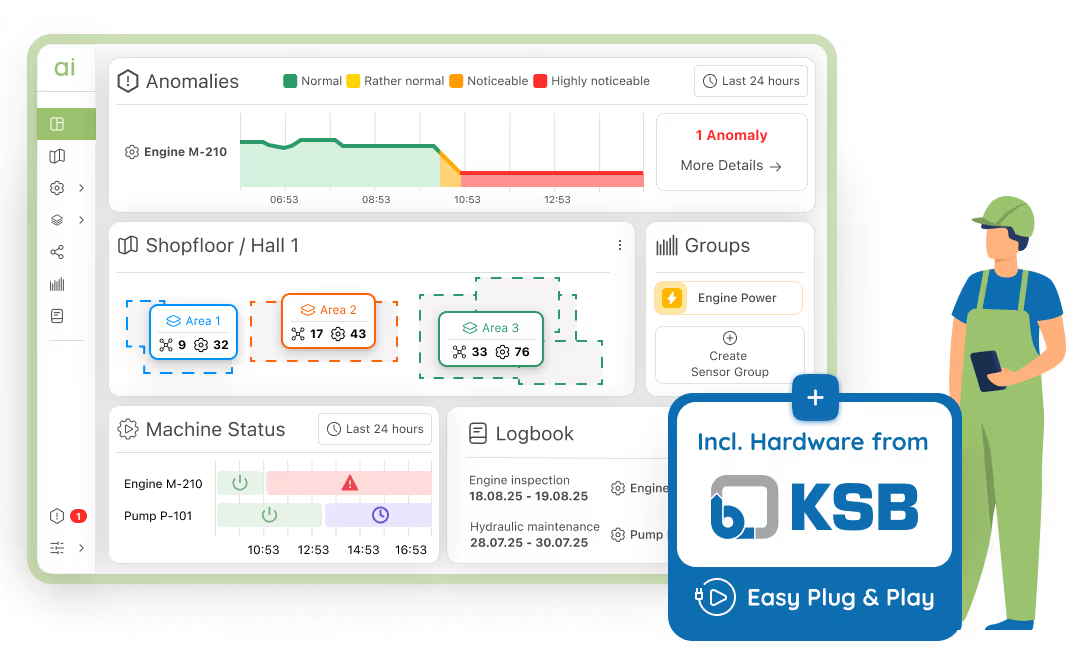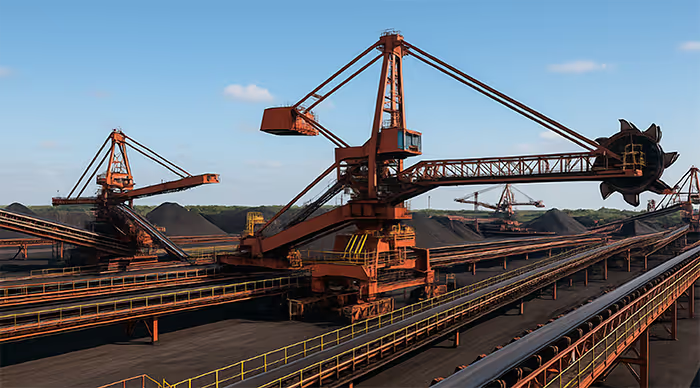At Hansaport, Germany's largest bulk cargo port, existing conveyor belts were digitally upgraded with the
Retrofit & Predict package.
The objective is to monitor the condition of critical drive components in real time and prevent failures.
The first step was to retrofit sensors directly at the engine, transmission and bearing block.
The sensors were connected to the aiomatic platform via an IIoT gateway.


